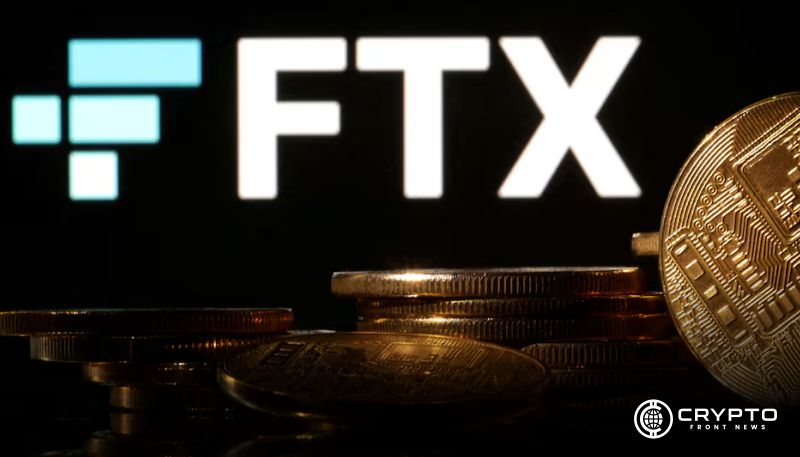- FTX and Alameda staked $125M in ETH and SOL despite billions still owed, sparking outrage from creditors seeking full repayment.
- Upcoming repayment deadlines and asset lock-ups raise concerns that staking may delay or complicate FTX’s creditor compensation process.
- FTX’s SOL staking and liquidation strategy could pressure market prices while attempting to balance yield generation with debt repayment.
FTX and Alameda Research have sparked new controversy after staking $125 million in crypto despite owing billions to customers. The funds—$45 million in Solana (SOL) and $80 million in Ethereum (ETH)—were moved into staking platforms from cold wallets.
Arkham Intelligence flagged the activity, triggering widespread criticism across the crypto community. These entities, which collapsed in late 2022, are still under bankruptcy court oversight. Yet, they have continued to move large sums of crypto assets even as repayments to creditors remain incomplete.
Critics question the timing. With the next repayment deadline set for September 30 and the cutoff date on August 15, transparency is vital. Depositing funds into staking so close to distribution has raised doubts.
Many believe these assets should remain liquid, not locked. The Ether and Solana staked are supposed to form part of the repayment pool. Hence, this move has triggered growing distrust from affected creditors.
SOL Unlocks, Sales, and Potential Price Impact
Besides staking, FTX’s activity around Solana continues to draw attention. In June, the defunct exchange liquidated over $31 million in SOL. Last month, FTX wallets received another $40 million worth of SOL through unlocks. Historically, such events have led to significant SOL price dips. However, most recent unlocks have been absorbed by the market.
FTX has sold most of its SOL via OTC channels, limiting direct exchange impact. Galaxy Digital has taken the lead in executing SOL sales for creditor repayments. In 2024 alone, the exchange liquidated most of its SOL reserves, raising billions in cash. These sales supported May’s $5 billion repayment. As the exchange winds down, only smaller unlocks are expected.
Can Staking Help or Hurt the Process?
Additionally, FTX used Coinbase Prime to store SOL and earn staking rewards. While this could boost repayment funds, it locks assets temporarily. With over $6.2 billion already paid and total payouts estimated to reach $16.5 billion, every move counts.
Moreover, staking adds complexity to ongoing disbursements. While staking generates passive income, tying up $125 million raises concerns. Consequently, affected creditors want clarity, not last-minute surprises. FTX’s decisions may shape market confidence in coming months, especially with remaining assets under close watch.





